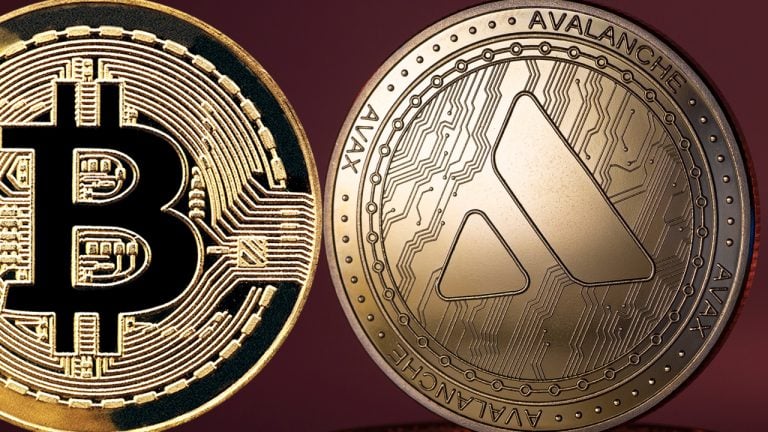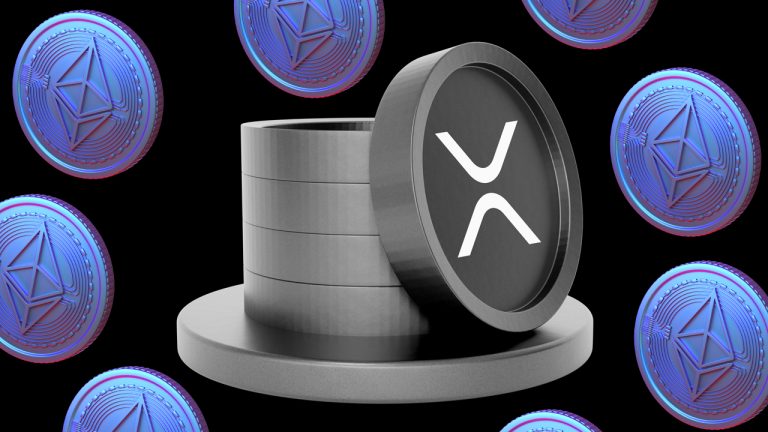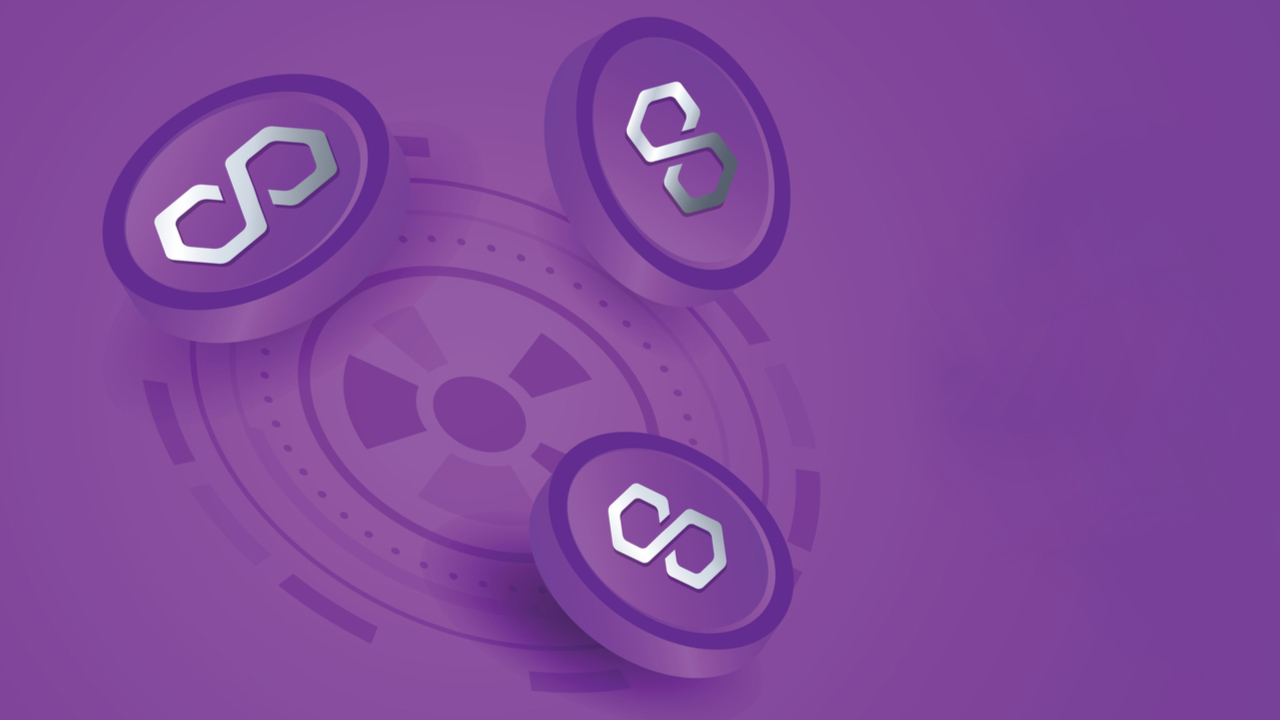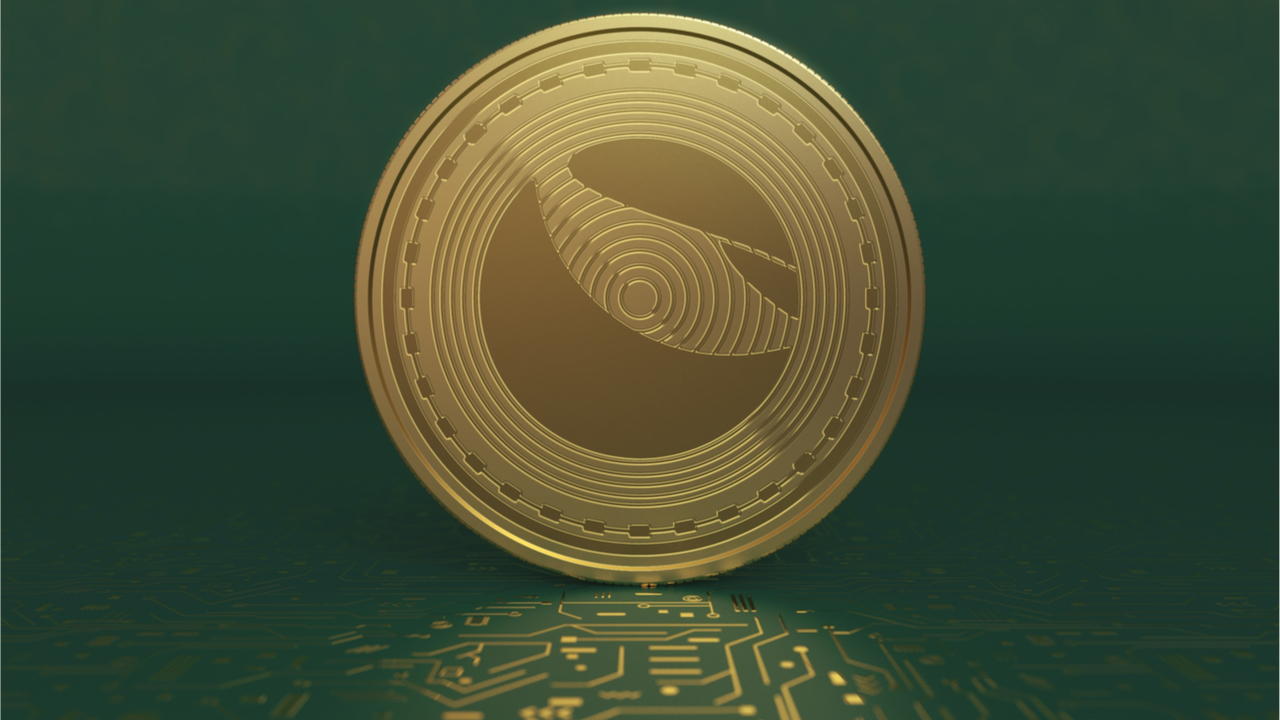
Wormhole is a cross-chain messaging protocol often used to transfer assets from one blockchain to another.
A $50 million fund has been launched to help startups that use the Wormhole cross-chain messaging protocol, according to a May 18 announcement. The new fund is being managed by venture capital fund Borderless Capital and is backed by over 20 other blockchain development teams and venture capital firms, including Circle, Polygon Ventures, Solana Foundation, JumpCrypto, and others.
It's time to make building in crypto more accessible than ever before.
— Wormhole (@wormholecrypto) May 18, 2023
Introducing the $50m Cross-Chain Ecosystem Fund, powered by Wormhole! pic.twitter.com/y3VeCsUrSa
The fund will help startups that are “innovating cutting-edge apps, infrastructure, or tools that span multiple ecosystems,” according to its application page on the Wormhole website, which also describes the fund as “anti-maxi” or promoting the idea that more than one blockchain is needed to solve users’ problems.
David Garcia, CEO & Managing Partner of Borderless Capital, stated that he thought the new fund would help to grow the Web3 economy and allow applications to attract new users:
“Our goal is to empower builders to transcend the limitations of individual ecosystems, paving the way for blockchain applications and protocols to realize their full potential."
Wormhole is a cross-chain messaging protocol. It allows different blockchain networks to communicate with each other and is often used to bridge assets from one network to another. For example, if a user wanted to transfer Ether (ETH) from the Ethereum network to the Solana network, they could do so using Wormhole. It is connected to over 20 different networks, the announcement said.
Other cross-chain messaging protocols include LayerZero, Celer, DeBridge, and many others.
Related: Uniswap debate between bridging protocols lays bare security concerns
Wormhole has expanded its network of partners in the past few months. In January, crypto exchange Uniswap chose it as the official bridging protocol for its cross-chain governance between Ethereum and BNB Network. And on April 26, Wormhole integrated with Circle’s Cross-Chain Transfer Protocol to allow for simpler transfers of US Dollar Coin from Ethereum to Avalanche.
However, Wormhole has also met with controversy over its security in the past. Its Solana bridge was hacked in February, 2022, leading to $321 million in losses. Developers later patched the faulty code that had led to the exploit and reimbursed all users.
Magazine: Should crypto projects ever negotiate with hackers? Probably














